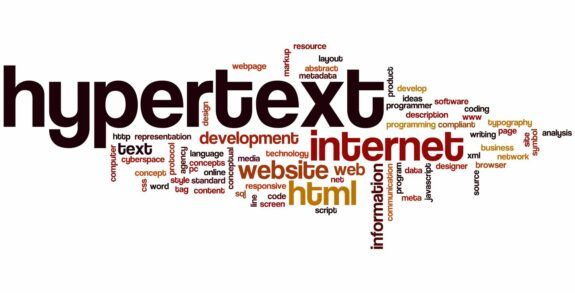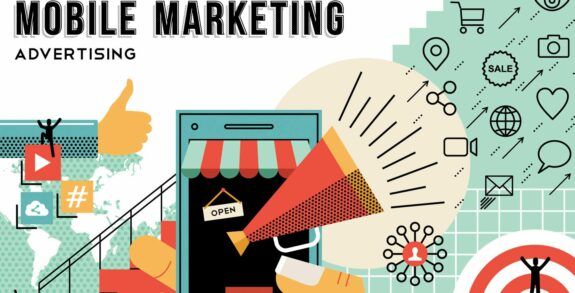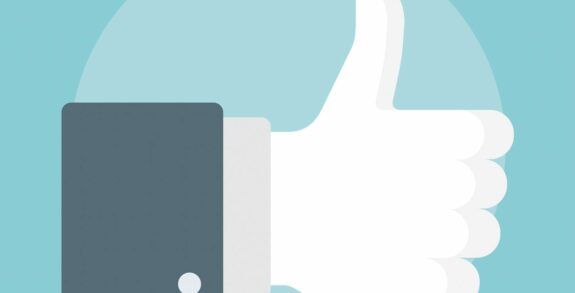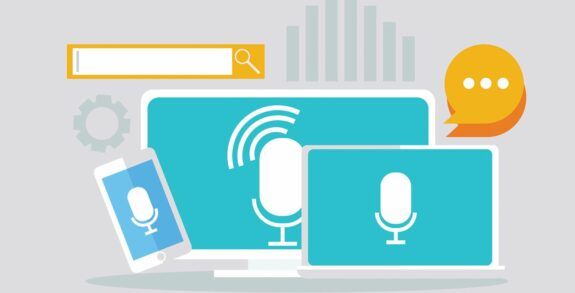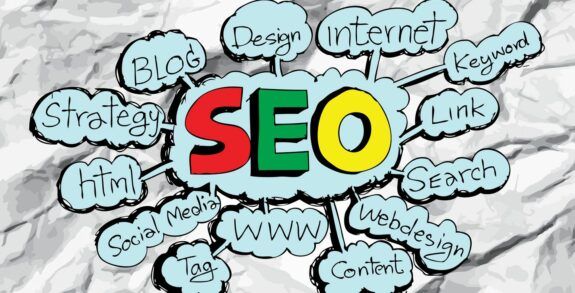Should you use Personalization in your Web Design?
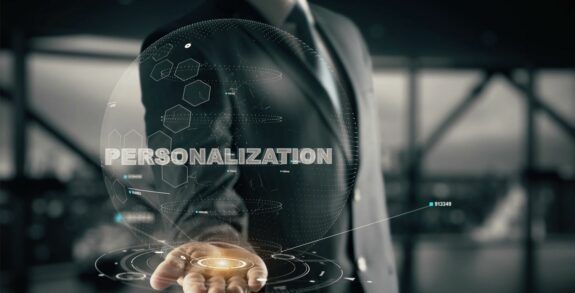
Personalization in website design has been labeled both a game changer and more trouble than it’s worth. That is a pretty wide spectrum to cover for a single idea. Like many website design concepts, it often comes down to your type of business and if the benefits will outweigh the costs. Today we will dive into the question of if you should use personalization in your web design and what it could mean for you.
What is Website Personalization?
The idea of website personalization comes from the general push of creating the most engaging user experience possible. In this case it is a process of creating customized experiences for each visitor to a website rather than having all users experience the exact same thing.
It is a phenomenal idea that when executed properly presents each visitor with an experience that is tailored towards them and in theory will allow the business to more easily meet their needs.
The concept of personalization has been around in business for decades so the inclusion to the virtual world is natural. Hotel concierges at top locations, a maitre d at a high end restaurant or even Joe the bartender at the dive bar around the corner make use of the concept by remembering repeat customers likes, dislikes, wants or needs and then using that information in subsequent interactions such as booking them in their favorite room, seating them at a preferred table or pouring them their usual drink.
Website personalization uses the same idea but on the digital landscape by tracking information such as location (geolocation), browsing behavior and history, and news related to location or activities.
Ultimately the goal is to take information that is available to foster a sense of attentiveness on the website to better meet a customer’s needs, provide valuable suggestions or relevant content, and create a smoother interaction.
Some of the best sites using personalization today are Netflix and Amazon, both of whom have done a tremendous job in translating user activity into a better user experience.
What are the Benefits of Personalization?
There are quite a few great benefits to using personalization in your web design which is why so many businesses are taking a swing at it. The biggest advantages are:
- Personalized experience for every user – This is an area where sites like Amazon, Netflix, and Spotify have really shined in their ability to truly craft a unique experience for each person once they log in to the site. It is almost overwhelming in the sheer number of options we have available to us in shopping, watching and listening. These brands have used personalization to help narrow the focus for each user by making recommendations, suggesting new options, and using sophisticated algorithms to help you discover things you might not have found on your own but will resonate. Spotify has done a marvelous job in that regard with the “Discover Weekly” playlist where their algorithm picks music it thinks a user will like, and admittedly it is on point helping users discover new bands and music.
- Improved brand connection – When you make use of personalization it creates positive reinforcement between the customer and the brand improving their perception of it. By using personalization, from simple things like greeting a customer by name or allowing them to change the background to their own preference, you are fostering a stronger connection and many customers appreciate this because it goes beyond what they are used to as many web-based interactions are still very disconnected.
- Increased conversions – There is no doubt about it, the level of personalization that Netflix and Amazon uses helps drive more conversions. Some customers have reported seeing increases in revenue of 5 percent and others have stated up to a 10 percent increase which is very substantial. Additionally, because of the improved brand connection, many believe that those companies which get the concept right and work to improve on it will end up increasing their advantage over competitors, especially those slow to jump on the bandwagon, as the connection grows strong and more data leads to better personalization. Netflix is a great example with their ability to suggest shows to each user based on the entire viewing history while newer entrants to that niche struggle to take customers away because they simply don’t know the customers as well.
What are the Drawbacks to Personalization?
Of course with almost everything, there are always going to be some drawbacks. In this case you need to be aware of:
- When it misses, it tends to be annoying – Many people have noticed this issue with targeted ads in that if you shop for something even one time a targeted ad might follow you around for a month. This is one of the few complaints you will hear about Amazon in that some of their suggestions can be annoyingly repetitive until you have shopped enough to let the site know you really aren’t that interested in a product. After my daughter looked at squishy toys for 10 minutes they suddenly became something Amazon really felt I wanted or needed for the next month.
- Doing it correctly requires time and money – Crafting a comprehensive website that delivers a customized experience can be expensive and does take time. There are quite a few steps that must be taken that you simply can’t bypass such as collecting and analyzing data, building profiles, creating or buying the algorithms you will use, and crafting the actual site that makes use of these various experiences. That represents a lot of upfront cost and energy.
- Continual time investment – On top of the initial cost and time that you incur, you also need to have a person or people maintaining the site the required level of personalization, because you can’t have a full service bar without a bartender providing the service. Plenty of hours will be spent on updating, maintaining, and storing all the data and user personas, which will be grow each time a customer comes back to your site.
The Bottom Line
Should you use personalization in your web design? This is certainly a case where size truly matters as the benefits tend to pay for themselves when you have a very large audience, like Amazon or Netflix, and the increase in revenue will exceed the costs. For smaller businesses the cost most likely outweighs the benefits of large scale personalization, although smaller types of personalization could and should still be implemented to create a better user experience for your customers, which ultimately leads to a better connection and more conversions.
Be sure to check back every week for great new Lounge Lizard blog articles.
